The Samsung Galaxy Watch 4 and Watch 4 Classic have finally landed, and with it, we have the most intriguing update to the Android smartwatch space of the year. Not only has Samsung swung for the fences in terms of an all-new design, but both of these smartwatches are so feature-packed that pretty much everything else just pales in comparison. Speaking of competition, let’s check out how the Galaxy Watch 4 and Watch 4 Classic stack up against some of the most popular options in the Android smartwatch space.
Specification Comparison
| Samsung Galaxy Watch 4 | Samsung Galaxy Watch 4 Classic | Mobvoi Ticwatch E3 | Mobvoi TicWatch Pro 3 | OnePlus Watch | |
|---|---|---|---|---|---|
| Price | $249.99 or $299.99 (LTE) | $349.99 or $399.99 (LTE) | $199 | $299 | $159 |
| Dimensions | 44mm: 44.4 x 43.3 x 9.8 mm 40mm: 40.4 x 39.3 x 9.8 mm, |
46mm: 45.5 x 45.5 x 11.0 mm 42mm: 41.5 x 41.5 x 11.2 mm |
44 x 47 x 12.6mm | 47x48x12.2mm | 46.4×46.4×10.9mm |
| Weight | 44mm: 30.3g 40mm: 25.9g |
46mm: 52g 42mm: 46.5g |
32g | 41.9g | 45g |
| Screen size & resolution | 44mm: 1.4-inches, 450×450 40mm: 1.2-inches, 396×396 |
46mm: 1.4-inches, 450×450 42mm: 1.2-inches, 396×396 |
1.3-inches, 360 x 360 | 1.4-inches, 454 x 454 | 1.39-inches, 454 x 454 |
| Always on Display | Yes | Yes | Yes | Yes | Yes |
| Processor | Exynos W920 | Exynos W920 | Qualcomm Snapdragon Wear 4100 | Qualcomm Snapdragon Wear 4100 | N/A |
| RAM | 1.5GB | 1.5GB | 1GB | 1GB | 1GB |
| Storage | 16GB | 16GB | 8GB | 8GB | 4GB |
| Battery | 361mAh (44mm) 247mAh (40mm) |
361mAh (46mm) 247mAh (42mm) |
380mAh | 595mAh | 402mAh |
| OS | Wear OS | Wear OS | Wear OS | Wear OS | RTOS |
| Sensors | Samsung BioActive Sensor (Optical Heart Rate + Electrical Heart + Bioelectrical Impedance Analysis), Accelerometer, Barometer, Gyro, Geomagnetic, Light |
Samsung BioActive Sensor (Optical Heart Rate + Electrical Heart + Bioelectrical Impedance Analysis), Accelerometer, Barometer, Gyro, Geomagnetic, Light |
Accelerometer, Gyro Sensor, HD PPG Heart Rate Sensor, SpO2 Sensor, Low Latency Off-Body Sensor | PPG heart rate sensor; blood oxygen; accelerometer; gyroscope; ambient light; barometer | Acceleration, Gyroscope, Geomagnetic, Optical heart rate and blood oxygen sensor, light, air pressure, capacitance |
| Bluetooth | v5.0 | v5.0 | v5.0 | v5.0 | v5.0 |
| Positioning | GPS/Glonass/Beidou/Galileo | GPS/Glonass/Beidou/Galileo | GPS/Beidou/Glonass/Galileo/QZSS | GPS/Beidou/Glonass/Galileo/QZSS | GPS, GLONASS, Galileo, Beidou |
| NFC & Wireless Payments | Yes | Yes | Yes | Yes | No |
| Water Resistance & Durability | 5ATM + IP68 / MIL-STD-810G | 5ATM + IP68 / MIL-STD-810G | IP68 | IP68 | 5ATM, IP68 |
| Wireless Charging | Yes | Yes | No | No | No |
| Special features | Aliminum case | Stainless steel case | Polycarbonate and glass fiber case | Stainless steel case, FSTN display |
Stainless Steel case |
Just by looking at the chart and features, it’s easy to see that the stiffest competition for either the Watch 4 or Watch 4 Classic is the TicWatch Pro 3. This really doens’t come as much of a surprise given that it’s one of a few smartwatches to include the latest Snapdragon Wear 4100 chipset. But the Galaxy Watches have something that the TicWatch Pro 3 and E3 don’t — Wear OS 3.
It’s already been confirmed that both the E3 and Pro 3 will receive the latest version of Wear OS. However, that’s unlikely to happen until sometime next year. And by the point, it’s entirely likely and possible that TicWatch will release another smartwatch to compete with Samsung’s offering.
And Samsung’s leg-up on the competition doesn’t just stop there. Both versions of the Watch 4 are powered by Samsung’s latest Exynos W920 chipset, which is built on the same 5nm process as the Snapdragon 888 found in many of the best Android phones. This is paired with 1.5GB of RAM and 16GB of onboard storage, which again, is more than what any of the other smartwatches include.
There are some similarities though, as pretty much every new smartwatch has at least IP68 water resistance. But the only other smartwatch on this list to feature the 5ATM rating is the OnePlus Watch, which is more of a glorified fitness tracker and less of an actual smartwatch.
The nail in the coffin for all of these competitors comes down to the sensors and integration offered by Samsung’s Galaxy Watch 4 and Watch 4 Classic. With the all-new BioActive Sensor, along with the traditional sensors found, Samsung’s smartwatches can now tell calculate your body composition.
This tool is built into the Galaxy Watch 4 and offers a better and “deeper” understanding of your health and fitness levels. By being able to provide these measurements, you can check your body composition in just 15 seconds just by placing two fingers on the side of the watch.
Samsung even beat Apple to the punch as it introduced new sleep tracking features that work in conjunction with your “compatible” smartphone. While sleeping, your Watch and phone will keep track of things like your snoring, while measuring blood oxygen levels, and providing “advanced Sleep Scores”. By doing so, you’ll be able to learn more about your sleep patterns so you can make the necessary adjustments to get a better night’s sleep.
Until we see the fabled Pixel Watch or whatever Mobvoi comes up with next, it’s looking like the Galaxy Watch 4 and Watch 4 Classic are going to be the de-facto choices. We still need to go hands-on with the new smartwatch, but it’s possible that the Android space finally has its true Apple Watch competitor.

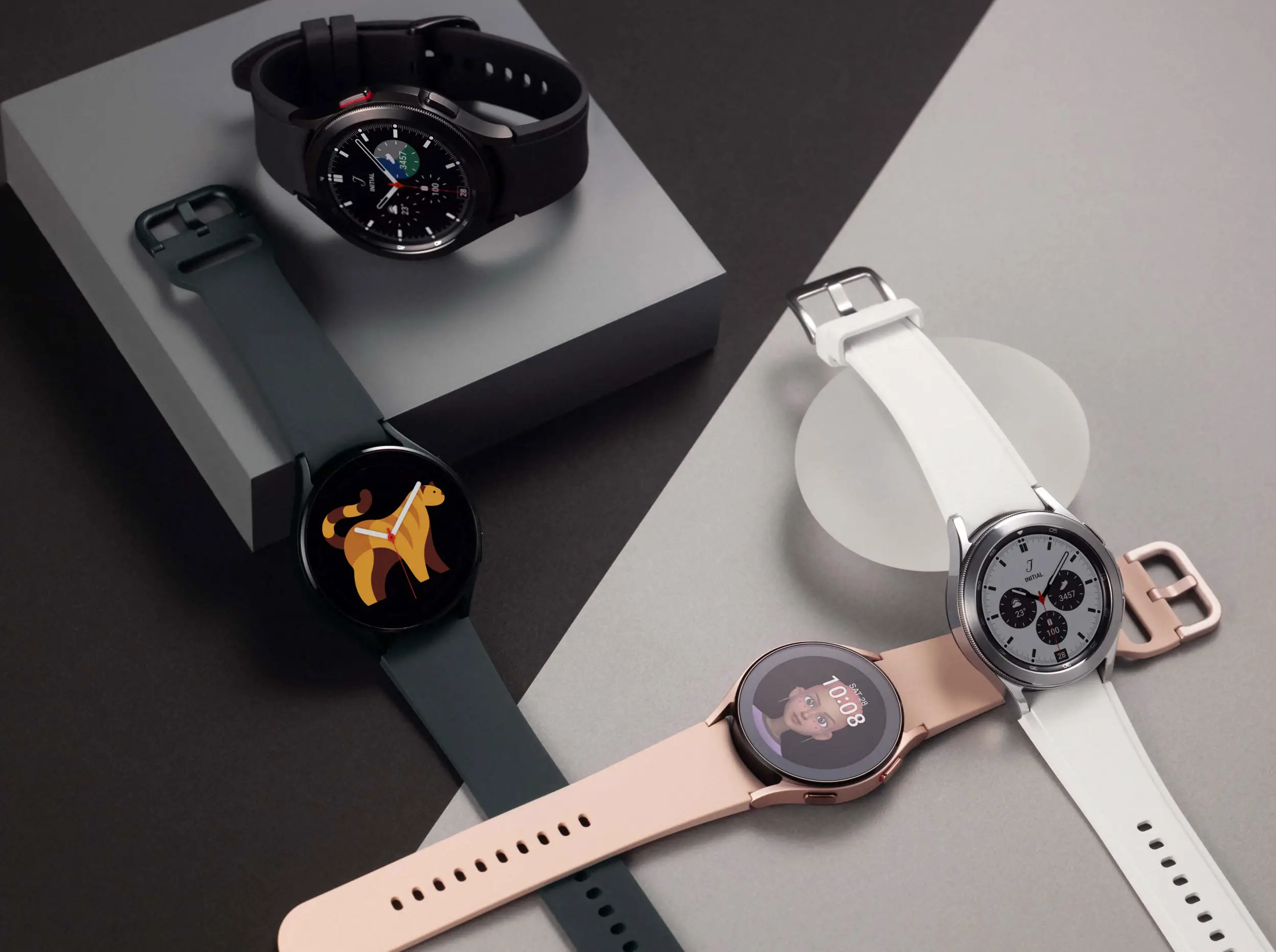
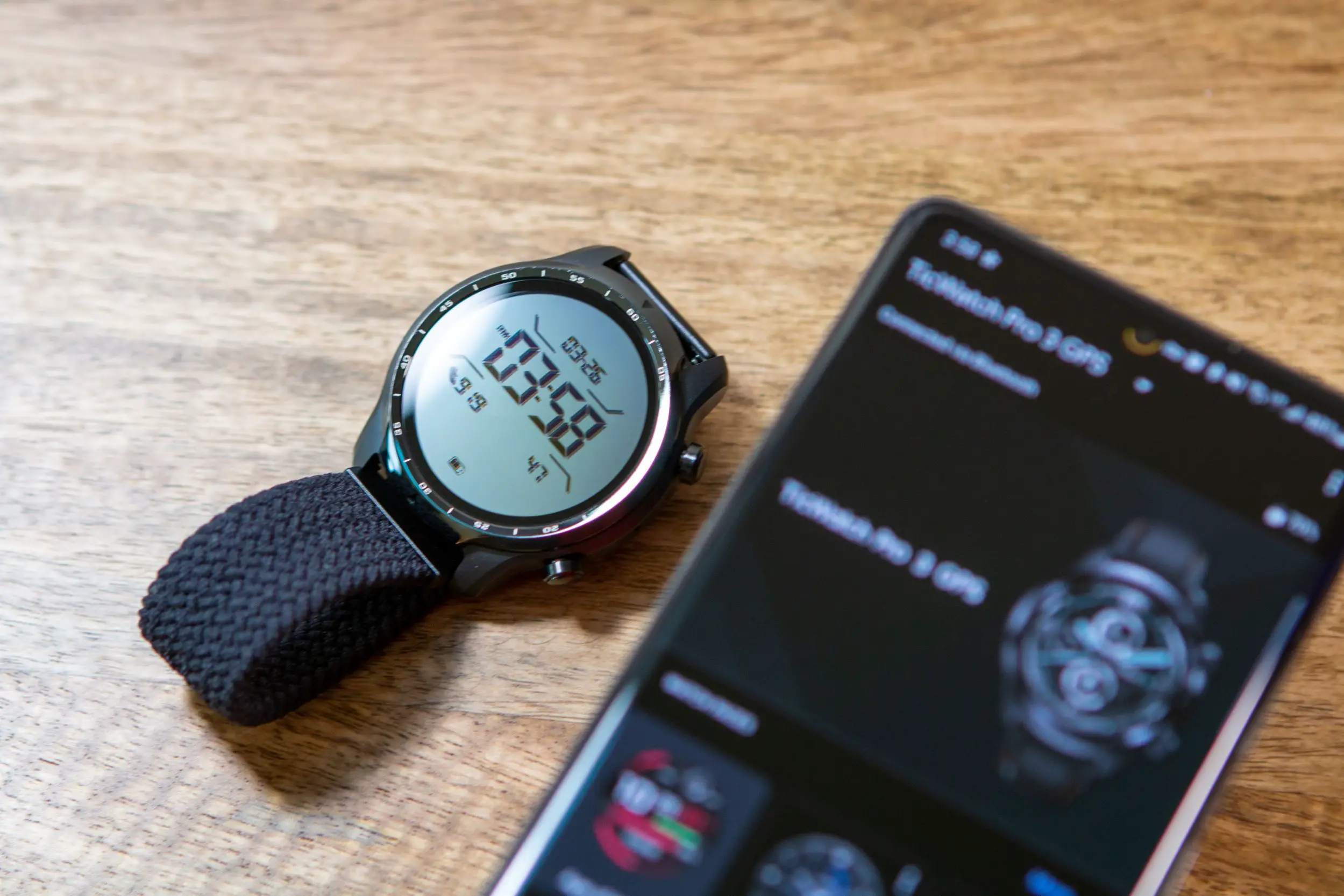
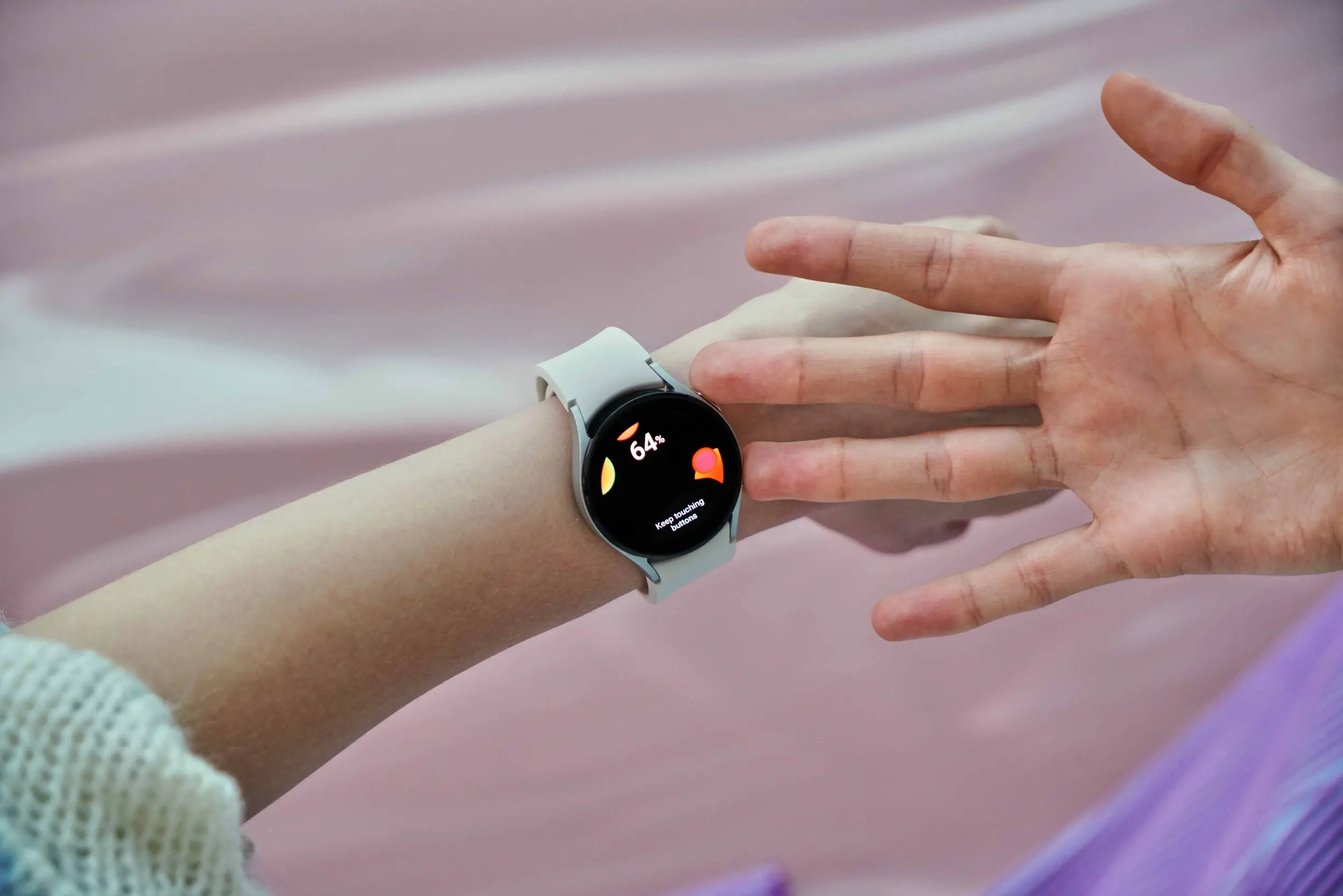
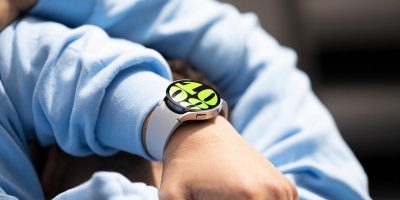

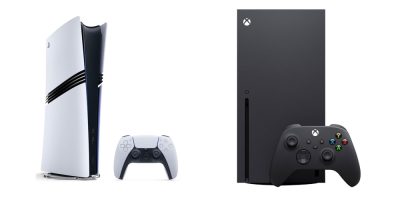
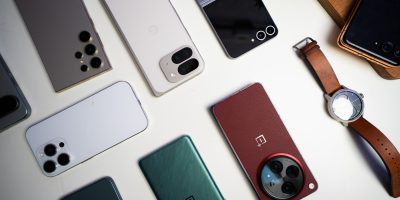


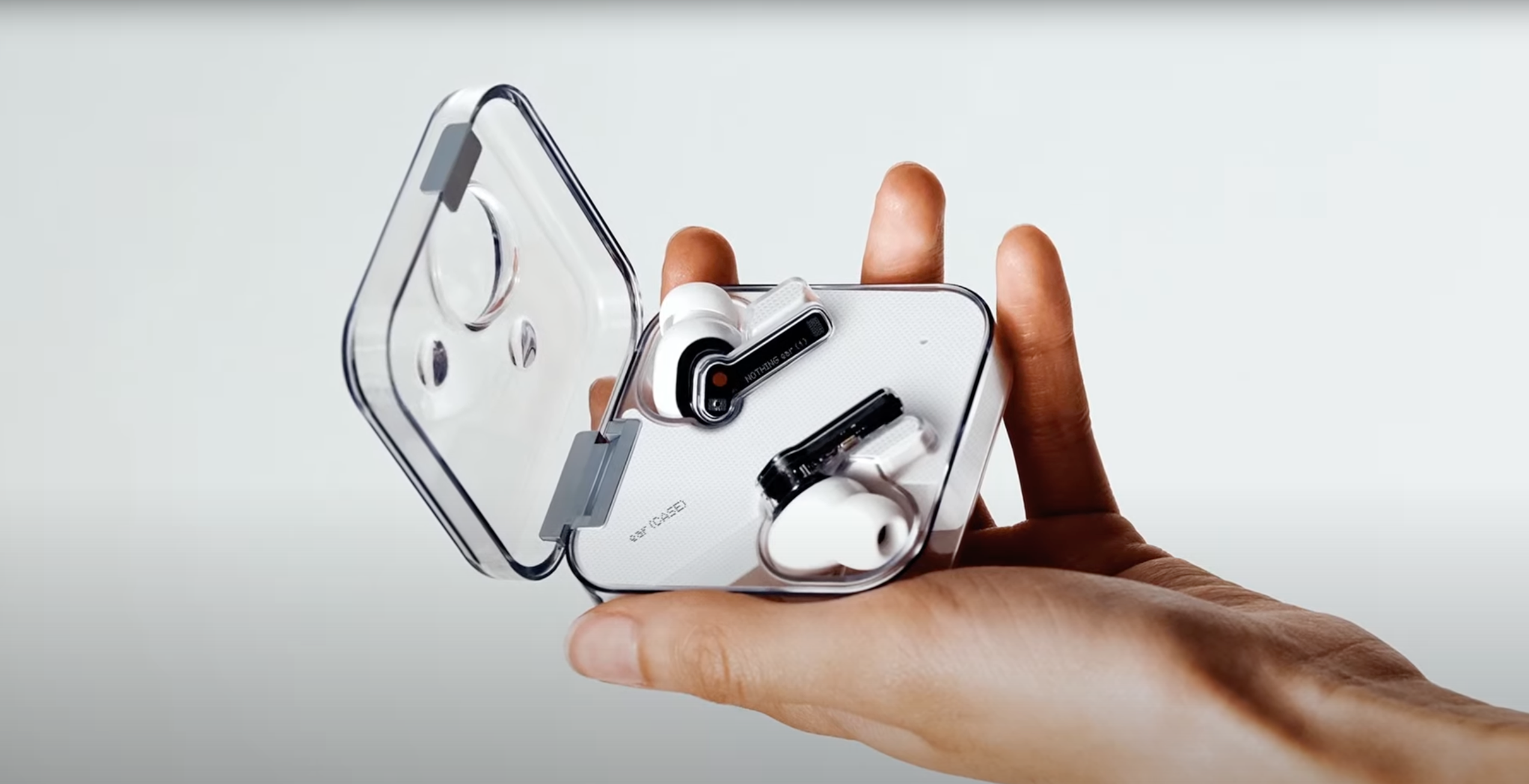


Comments